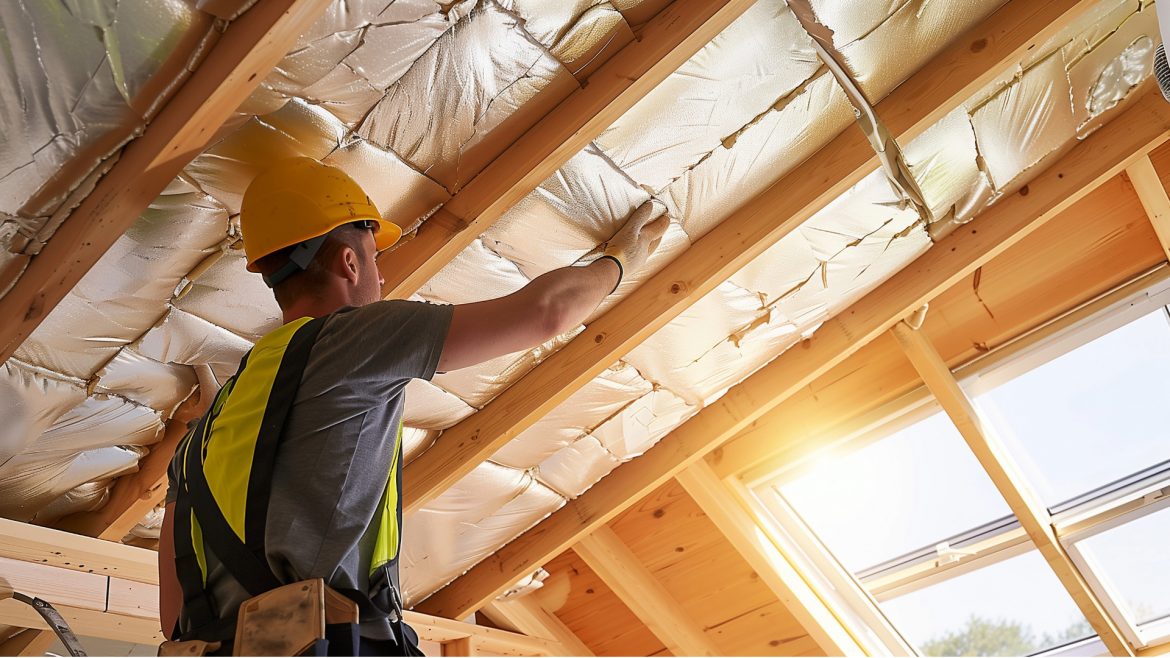As UK homes become better insulated and more energy-efficient, a new challenge is emerging—overheating during warmer months. While upgrades like loft insulation, cavity and solid wall insulation, and modern glazing improve thermal performance, they can also trap heat indoors. This is especially true for properties with south-facing conservatories or large glass doors.
In this article, we explore the key factors contributing to overheating in domestic properties and offer practical solutions—from shading and ventilation strategies to appliance choices and mechanical systems—to help keep your home comfortable year-round.
If a home is fully treated:
- Loft Insulated
- Cavity wall insulation
- Solid wall insulation
- New glazing ans doors
Temperatures in summer may result in the home being warmer than normal.
If the property has a south facing conservatory or bifold doors then this will also affect the internal temperature during hot weather. It is recommended that during the UK’s warmer months that the existing shading (Curtains, Blinds, shutters, external sun canopies etc) is used to prevent your property becoming too warm during those months.
Some of our recommendations to try and keep the property cooler during the summer months are as follow:
- Installation of low energy lightbulbs to prevent the heat from filament bulbs.
- Improving insulation on hot water tanks.
- Install energy efficient appliances (fridges, washing machines etc).
- Opening windows where security can be maintained.
- During the day where the internal temperature rises above the external temperature.
- At night to purge heat.
- Room dividers between kitchens and living spaces that contain larger windows and/or glass doors.
- External canopy shading or shutters over the larger windows or glass doors.
- Secure ventilation systems to remove heat from the property at night during the warmer months.
- Exposing block or brick work to allow those areas to absorb the heat from the warm air and release it later in the day when it is cooler.
Ventilation is the Key to preventing Overheating.
There are 4 key parts to a whole house ventilation strategy:
Purge ventilation
- Ensure all window in rooms can be opened
Background ventilation
- Window trickle vents should be installed I line with Part F Building Regulations 2023
Crossflow Ventilation
- To ensure clear airflow through your home not only reducing overheating but improving indoor air quality, it is recommended that all internal door have 10mm door undercut to allow sufficient air flow throughout your home
Mechanical extract ventilation
- Most of our homes have Intermittent Extract Ventilation in our kitchens and bathroom, when we turn the light on the fan comes on or we switch on the cooker hood.
- Consider replacing Intermittent Extract Ventilation with Decentralised Mechanical Extract Ventilation, this Is a fan that runs continuously and had a humidity stat that increases the extract rate when the humidity in a room increases.
- dMEVs help with the airflow throughout the property and not only help reduce over heating but have the added bonus of reducing condensation and therefore mould growth.

